#Photography by Malick Sidibé
Explore tagged Tumblr posts
Text

Christmas Eve
Photography by Malick Sidibé
Gelatin silver print, 1963
#Malick Sidibé#art#artist#photography#gelatin silver print#Christmas Eve#Photography by Malick Sidibé
52 notes
·
View notes
Text


Bamako, Mali (1960s), by Malick Sidibé
71 notes
·
View notes
Photo

By Malick Sidibé.
941 notes
·
View notes
Text
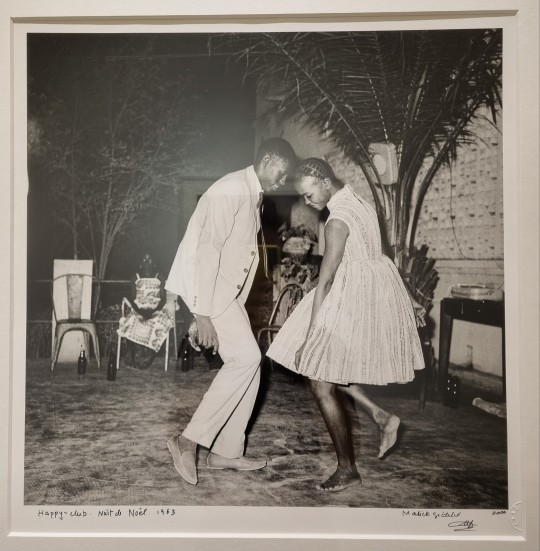
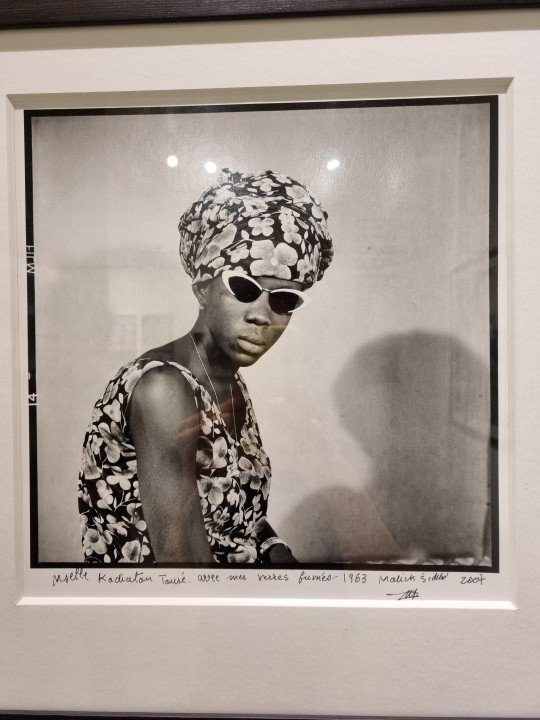

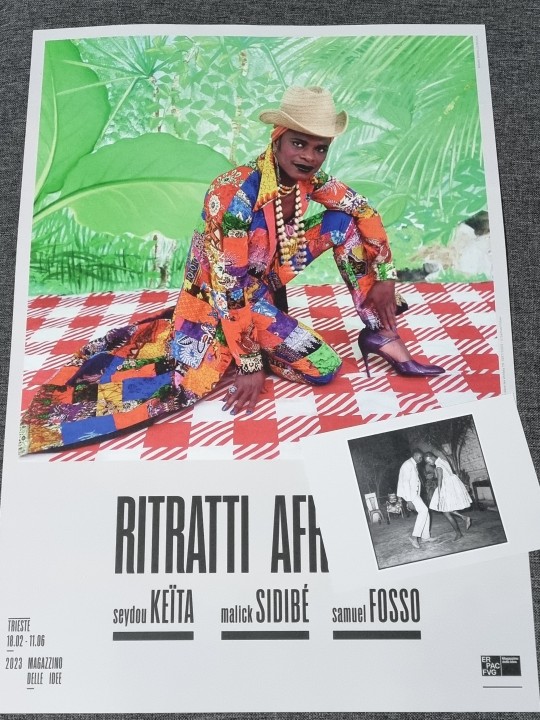

La delicatezza delle forme di Malick Sidibé e il genio trasgressivo di Samuel Fosso al Magazzino delle idee, Trieste 👏
#photographs#photographers#photographylover#exhibtion#artgallery#artsharer#artlovers#africa#african photography#samuel fosso#malick sidibé#trieste
4 notes
·
View notes
Text

Maria of Mars, 2022, digital print
Atong Atem
b South Sudan 1994
Lives works in Australia 2000-current
Display in exhibition Melbourne Now 2022
Atem uses photography to explore migrant culture identity in the African diaspora in Melbourne Australia. Her portraits draw and build on the history of studio photography in Africa, in particular Mali an photographers Malick Sidibé and Seydou Keïta.
0 notes
Text















Malik Sidibé Photographs
interview by André Magnin, essay from Manthia Diawara
Hasselblad Center / Steidl Gottingen 2003, 113 pages, 30,5x30,5cm, ISBN 3-88243-973-4
euro 140,00
email if you want to buy [email protected]
Published to commemorate Malick Sidibé's reception of the 2003 Hasselblad Foundation International Photography Award; the first time the honor was conferred upon an African photographer. Featuring 65 full-page black-and-white plates, reproducing Sidibé's photography; mostly portraits and party photos, from the late '60s through the early '80s. Accompanied by an interview of Sidibé by André Magnin, and essay from Manthia Diawara on the influence of both Black Power and James Brown on the culture of Sidibé's hometown of Bamako, Mali.
"Malick Sidibé documented an important period of West African history with great commitment, enthusiasm, and insight, focusing on Malian youth in the 1950s and 60s. His portraits and documentary photography captured the unique atmosphere and vitality of an African capital in a period of great euphoria. From the earliest days of the postcolonial period, Sidibé was a privileged witness to a period of tremendous, euphoric cultural change. As a young but well thought-of photographer, he captured a time of paradigm shift and youthful insouciance with a healthy curiosity about the rest of the world, and a valiant sense of pride and confidence in the future. Sidibé learned the basic skills of studio photography as an apprentice before he began making reportage photographs. Since then, he has been devoted to photography. His portraits and documentary photographs, from the late 1950s to the mid-1970s, now bear witness to the cultural and social development of post-colonial Mali. We see joy, hope, beauty, and power in these psychologically captivating images. Sidibé's work, originally intended for an African audience, is a unique memoir and testimony for a world audience."
25/10/24
8 notes
·
View notes
Text

Nuit de Noël
by Malick Sidibé
c. 1962
via the International Center of Photography
6 notes
·
View notes
Text
Celebrating Black photographers during BHM
The interminable month of January is ending, bringing February to a close and kicking off the festivities of Black History Month. From February 1 to March 1, black culture from all diasporas will be in the spotlight.

This practice dates back to 1926, in the United States. Born to formerly enslaved parents, historian Carter G. Woodson is the second African-American man to receive a doctorate from Harvard University. Heading the Association for the Study of Negro Life and History, he proposed creating a week devoted to the history of black communities. In 1960, the festivities were extended to a full month. In 1976, Black History Month was recognized by the U.S. government.
As a photography enthusiast, I'd like to honor two black photographers I discovered during a visit to 180 Studios in London, where their work was exhibited.
Gabriel Moses
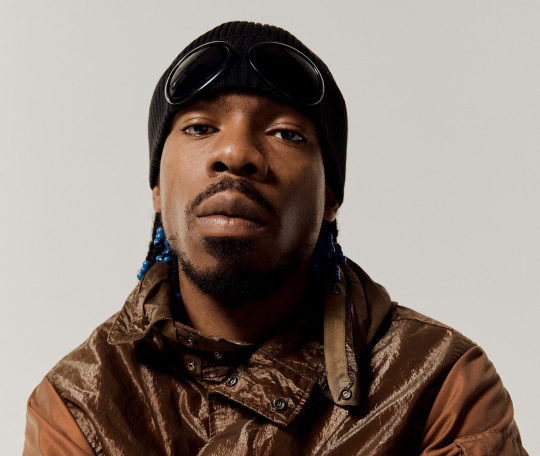
Aged 24, Gabriel Moses has an oscar worthy portfolio featuring the crème de la crème, having worked with Dior, Burberry, Adidas, Apple, Manchester United… He has built up a substantial client base over the years. Having started out as a self-taught photographer and videographer, his career took off at the age of 18 when he directed an ad for Nike, at 22 he became the youngest photographer to shoot the rapper Pa Salieu for the cover of Dazed magazine.

Much of his Nigerian cultural heritage is highlighted in his work in the form of family photographs, as are the women. Gabriel Moses pays homage to the women in his entourage who introduced him to the world of fashion and art.

Referring to Malian photographer Malick Sidibé as his inspiration, his work is characterized by textured effects and deep, dark tones, his models embody characters and his creations tell stories.
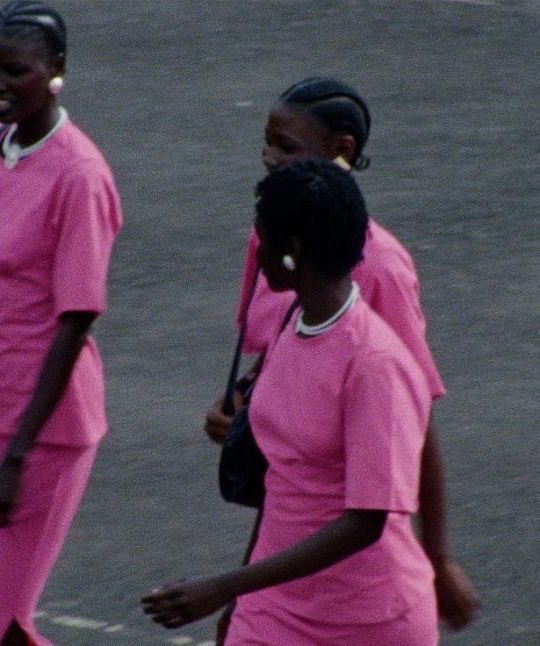
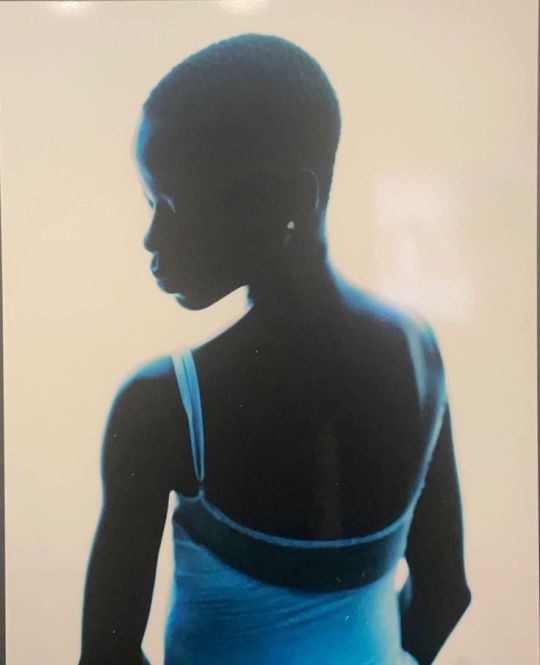
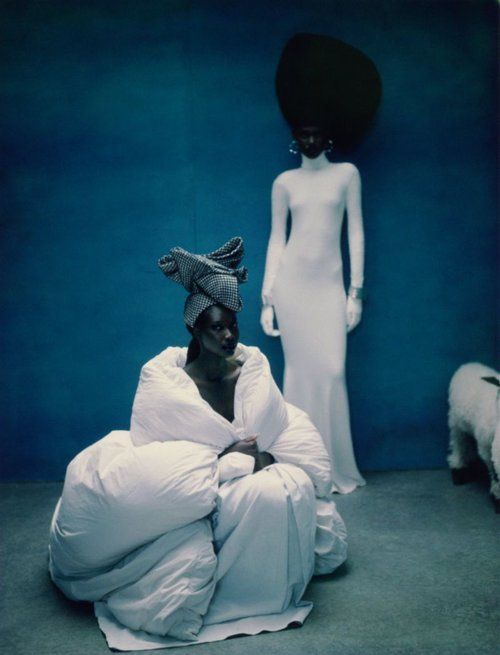
His first solo show, Regina 'A salute to women', took place last year at 180 Studios in London, and featured 50 of his creations, including shorts films.
youtube
Campbell Addy
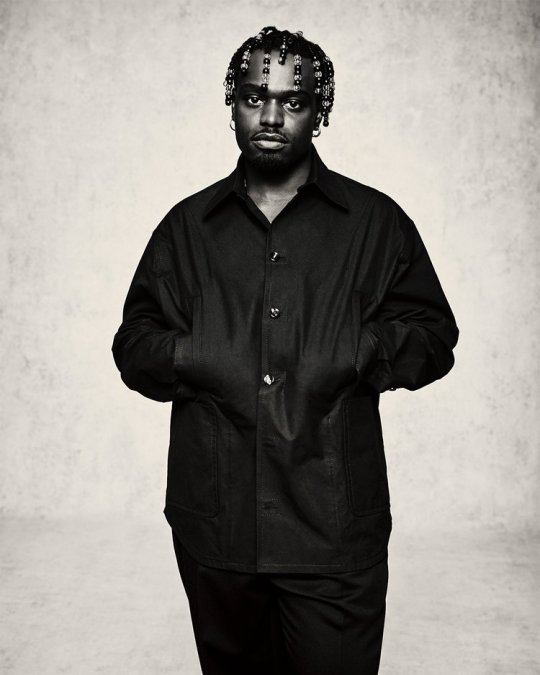
Campbell Addy is a British-Ghanaian artist and photographer based in London. He draws inspiration from his culturally diverse upbringing, his work embraces distinctive narratives and genuine emotions, emphasizing unique casting choices that showcase underrepresented faces.
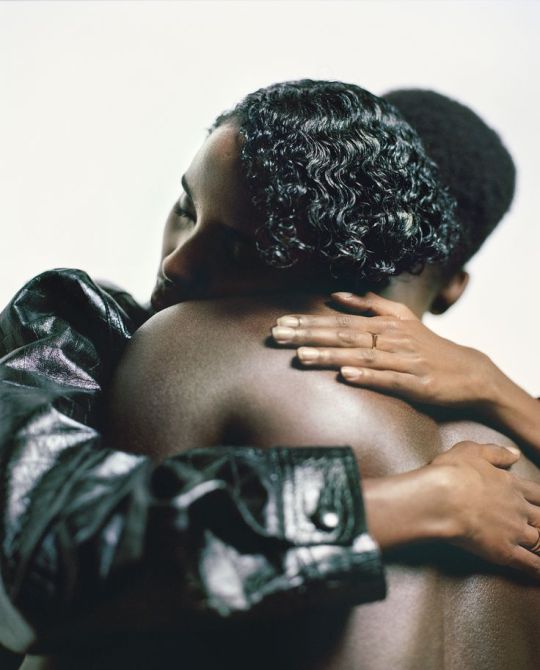
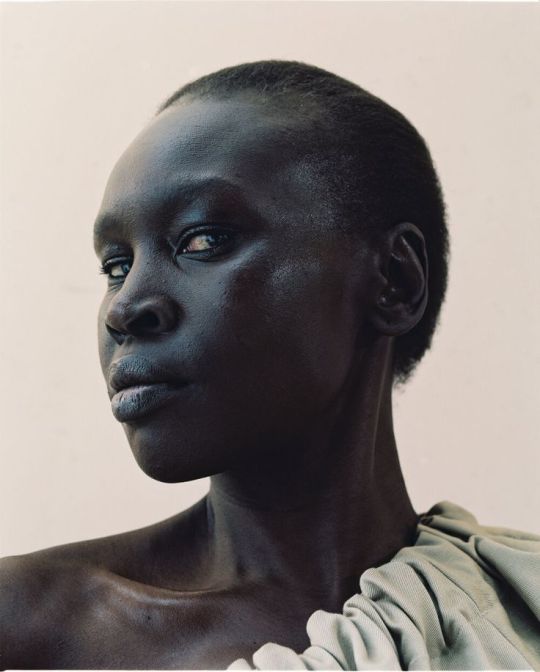

Addy established Nii Journal, a platform that embodies the representation he envisioned in shoots with friends and peers. Additionally, he founded Nii Agency, where he recruited diverse faces for casting and modeling, crafted to question conventional notions of beauty, it presented an alternative viewpoint on the definition of beauty and style within our contemporary fashion industry.
Since then the 29-years-old creative has worked for leading titles with artists as models such as Tyler The creator, FKA Twigs, Bukayo Saka, Beyonce ... and was chosen by Edward Enninful to capture his Time magazine cover.


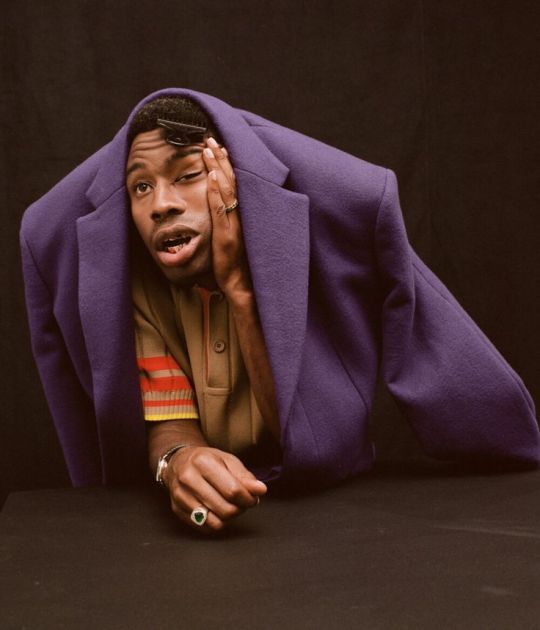
3 notes
·
View notes
Text

mariage daga arrosé par las vegas by malick sidibé
may 7 1966
photographed by me at the artic
i love candid photography and collages this combines my two favorite things in media
4 notes
·
View notes
Text
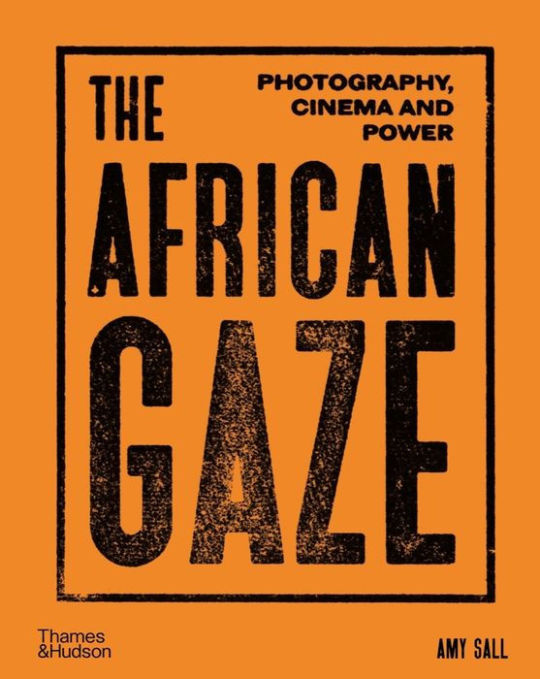
This is a hugely important and timely publication—engagement with Black and African histories is stronger than ever before (and long overdue). The major names of African photography, such as Malick Sidibé, Sanlé Sory, and Seydou Keïta, have become highly collectible in the art market, while African cinema, pioneered by filmmakers such as Ousmane Sembène in 1960s Senegal, is now recognized for its creative innovation and storytelling.
For anyone drawn to African photography and film, this book will provide an exciting and accessible overview.
0 notes
Text
ON ART - CURATING A COLLECTION
I know no one who loves art like my sister, she would do most anything for a work of art that she loves, we have entered auctions together and held hands in the nail biting countdown to a winning bid. It is a drug and the high last forever, as long as you see the work of art hanging on your wall. In her growing collection are a Seydou Keita and Malick Sidibé, two masters of photography whose…

View On WordPress
0 notes
Text
Atong Atem
Atong Atem has flickered in the periphery of my awareness for a while now. I am very attracted to her vivid use of colour and composition though up until now, I have known very little about her practice.
Atong Atem is a South Sudanese artist living in Narrm/Melbourne who works predominately in photography and video. Her work explores migrant stories, particularly those living in the African diaspora and is interested in owning identity and difference in an Australian context.
I can clearly see Atem's visual references to renowned African portrait photographers Malick Sidibé and Seydou Keïta, both of whom ran portrait studios in Mali in the 50s and 60s. They are considered among the first Africans to turn the lens on themselves and their communities, reclaiming European ethnography and converting it to one of empowerment and ownership and self-expression. Atem, too, is consciously decolonising the depiction of African people with her exploration of home and identity.
While Sidibé and Keïta worked in black and white, Atem's portraits are highly saturated with somehow cohesively clashing patterns and colours, creating vivid, dynamic, constructed portraits. Materials and clothing speak to cultural heritage. She is very conscious of creating empowering images for her community, by her community saying;
'I just want to impart a sense of power. These are powerful people because of the histories that are present in their gaze and in their clothes and faces. The imagery is about iconism in a way that isn't arrogant but about the continuation of culture, the acknowledgment of history and the possibility of a future that is black and cultural and strong.'
I can definitely see similarities between Atem and my practices. We both clearly love to use vibrant colours and to construct portraits. Both of us are exploring race, gender, and class and while Atem uses her cultural background to highlight and celebrate her community, I aim to conceal race, gender and class as a means of deconstructing their hierarchies. Ironically, both the revealing and concealing are used as a means to impart a sense of personal power.





0 notes
Photo

S A Y W H A A T ...? Archive - MALI 1978 shot by icon, Malick Sidibé [late]...Fierce!! #fashion #fashionista #instagram #art #love #amazing #tbt #instagood #repost #selfie #lol #beautiful #blackandwhite #photographer #photo #photography #summer #instadaily #photooftheday #followme #me #fun #style #throwback #color #creative #europe #africa #asia #southamerica WWW.AFROSTYLEMAG.COM https://www.instagram.com/p/CpqkBcEPQNt/?igshid=NGJjMDIxMWI=
#fashion#fashionista#instagram#art#love#amazing#tbt#instagood#repost#selfie#lol#beautiful#blackandwhite#photographer#photo#photography#summer#instadaily#photooftheday#followme#me#fun#style#throwback#color#creative#europe#africa#asia#southamerica
1 note
·
View note
Photo

Jacques Domeau created a Photographic Cabinet in the Le Gast district of #rennes in 2015, on the principle of the #bamako 🇲🇱 studios of photographers Seydou Keïta and Malick Sidibé and produced more than 500 portraits of Rennais local citizens. #photography (à Un Cabinet Photographique) https://www.instagram.com/p/Co2_QCzLbk0/?igshid=NGJjMDIxMWI=
1 note
·
View note
Photo
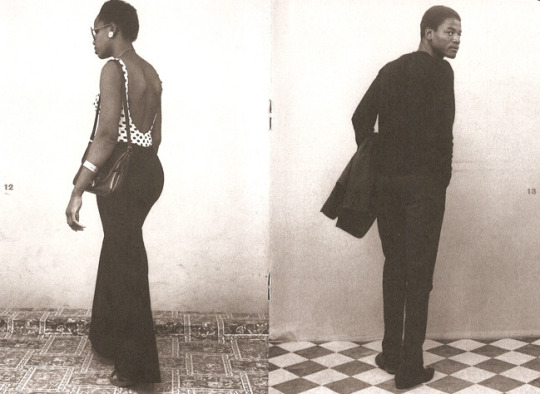
Vues de dos, Malick Sidibé, 1977-2000.
3K notes
·
View notes

